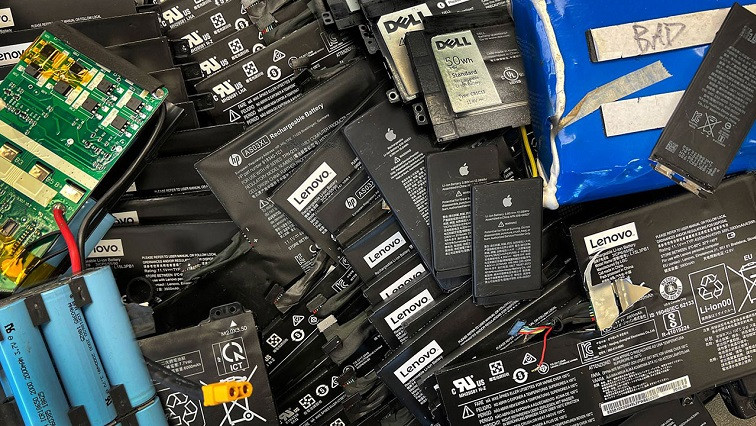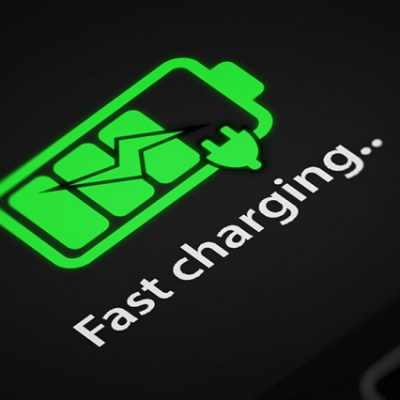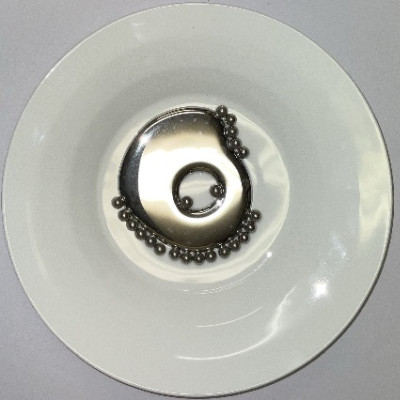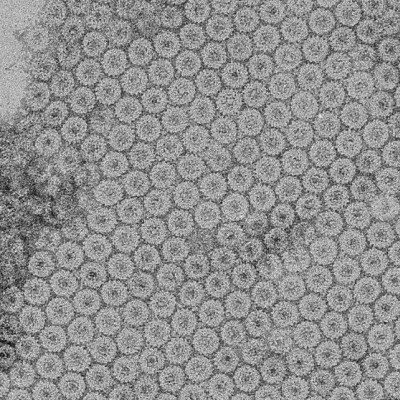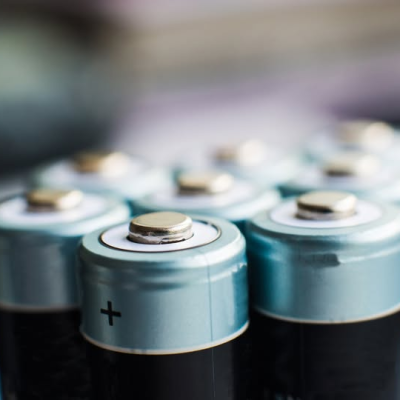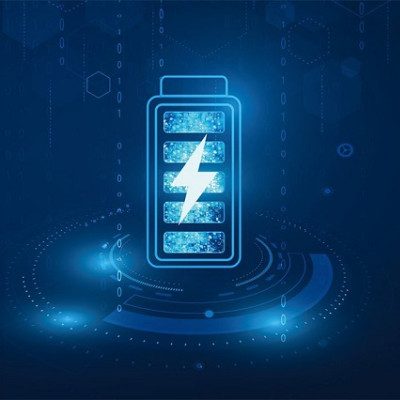These R&D milestones are in the Safe Discharge, Cathode-to-Cathode ™ Upcycling, and Anode-to-Anode ™ Recycling and Upcycling of aged LIBs and can solve some of the most proactive issues facing the industry today. All these technologies are leveraged on PNE patented LPAS® (low-temperature plasma-assisted separation) technology.
Dr. Xiaofang Yang, Co-founder and CTO of PNE, commented, "I have been overwhelmingly impressed by our R&D team's commitment to the circular economy in developing three transformative lithium-ion battery recycling solutions. Now it is just a matter of scaling the processes to meet fast-rising demand."
Discharge Approach Innovation
All end-of-use LIBs must be fully discharged at the beginning of the recycling process so that potential short-circuiting hazards like fires or explosions do not occur. PNE scientists have developed a revolutionary advancement in discharge approach that offers systematic advantages in cost, safety, processing efficiency, and resource use over current approaches.
The approach, which is currently under patent application, has the potential to streamline the discharge step, a critical stage of the LIB recycling process. Incorporating environmentally friendly chemicals into an integrated electrochemical-fluidic dynamic process gives way to a fast, safe, and continuous discharge. Additionally, the choice of ambient operating temperature and chemicals enables a substantial decrease in the fixed and variable costs spent on the discharge process.
Cathode-to-Cathode ™ Upcycling Innovation
According to BloombergNEF, more than half of a LIB's final cost comes from the purchase of mined virgin cathode materials, draining scarce metals, releasing greenhouse gases, and increasing supply chain risk. Hence, consistent, cost-effective, and environmentally friendly methods of regenerating cathode materials will become increasingly integrated into the LIB supply chain in the coming years.
In the traditional LIB recycling processes, cathode materials from aged batteries are disintegrated into nanoparticles, diminishing the cathode's secondary structure, and reducing electrochemical performance. As LIB material properties get stronger these traditional approaches may not be able to meet market needs.
PNE's transformative cathode-to-cathode ™ upcycling solution under patent application has the ability to achieve a higher yield at a much lower energy use and operating costs than traditional cathode regeneration approaches.
Scientists at the company have developed a breakthrough process that can achieve a cathode yield of > 98% by reforming the nanoparticles into larger microparticles with an improved composition, architecture, and crystal structure.
In addition to saving costs on the most expensive LIB component, PNE's cathode-to-cathode™ solution is significantly less energy intensive than traditional cathode resynthesis and can strongly accelerate the market penetration of regenerated cathode materials.
Anode-to-Anode ™ Recycling and Upcycling Innovation
Silicon-graphite composite materials are expected to replace graphite anodes in commercial LIBs because of their superior volumetric and gravimetric capacities and higher lithium absorption. Instead of upcycling spent graphite anodes into a usable silicon-graphite composite, spent graphite is commonly abandoned or incinerated.
The status quo is inefficient and can pose detrimental environmental impacts such as particulate contamination and the release of greenhouse gasses.
PNE's anode-to-anode ™ innovation, currently under patent application, offers the recycling and upcycling of spent graphite into low-cost, high-performance silicon-graphite composites. With the porous structure of spent graphite combining well with silicon and effectively relieving volume expansion, the company's process can offer systemic advantages in anode-to-anode™ direct recycling.
The disclosed process is energy efficient, cost-saving, and, most importantly, environmentally friendly, serving the rising silicon-graphite demand in the circular economy.
Read the original article on PR Newswire.

